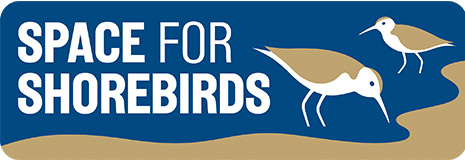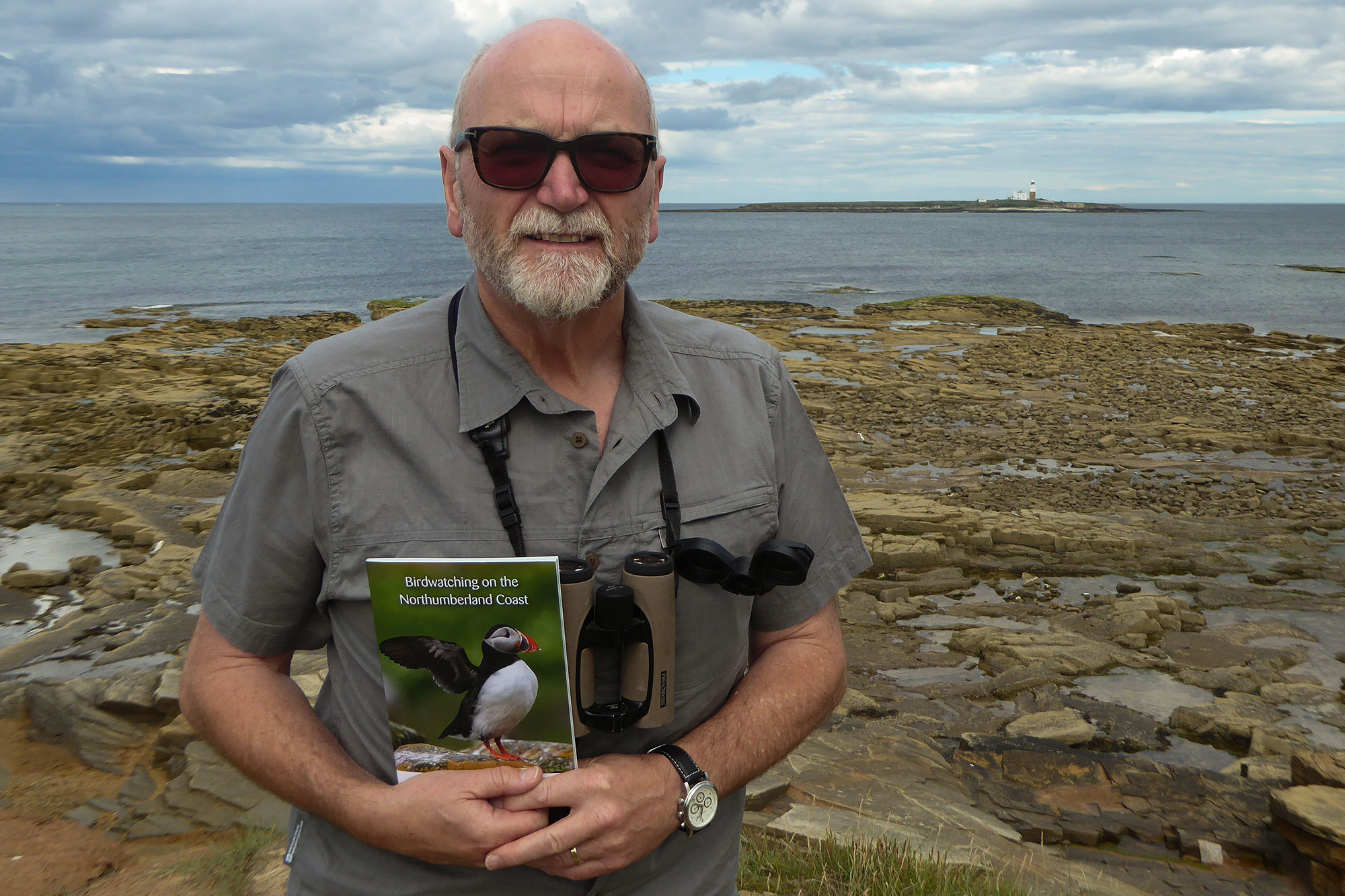Best places to watch birds
The Northumberland coast is a truly stunning place to visit and to live, it is renowned for its landscape, heritage and birdlife.
Almost all of the Northumberland coast is important for shorebirds.
The guide below is to provide you with an introduction to the best places to see shorebirds and when to look out for them.
Please ensure that you give the birds space when watching them, so that they can get on with feeding and roosting.
The tide
The story of shorebirds isn’t complete if we don’t mention the changing tides. When the tide is out it is feeding time for our shorebirds, the buffet is open, and it’s time to feed on an assortment of worms, shellfish, crustaceans and other small invertebrates. The trouble is that it’s literally a moving feast, with the tide always sliding in or out. When the tide is in, for most species it’s time to find a safe, undisturbed roost to rest and to preen.
High tide roosts
High tide roosts are found on a variety of off-shore islands, rocky headlands and man-made structures such as piers and staithes. Species such as golden plover, redshank, curlew and lapwing also roost inland on pasture and arable land. Purple sandpiper and turnstone though are resolutely wedded to the shore even when roosting, which makes them very vulnerable to disturbance during the hours round high tide.
Brilliant sights and sounds abound; will you be lucky enough to see a purple sandpiper on the edge of the surf or a wheeling flock of golden plover or listen to the chatter between a group of turnstones?
If you’d like to know more about the best places for birds between Druridge Bay and the Scottish border we suggest the following guidebook; “Birdwatching on the Northumberland Coast”, by Tom Cadwallender, which is published by the Northumberland Coast Area of Outstanding Natural Beauty Partnership and available on their website by clicking here
Interactive map
Click the markers on the map to learn more about each location
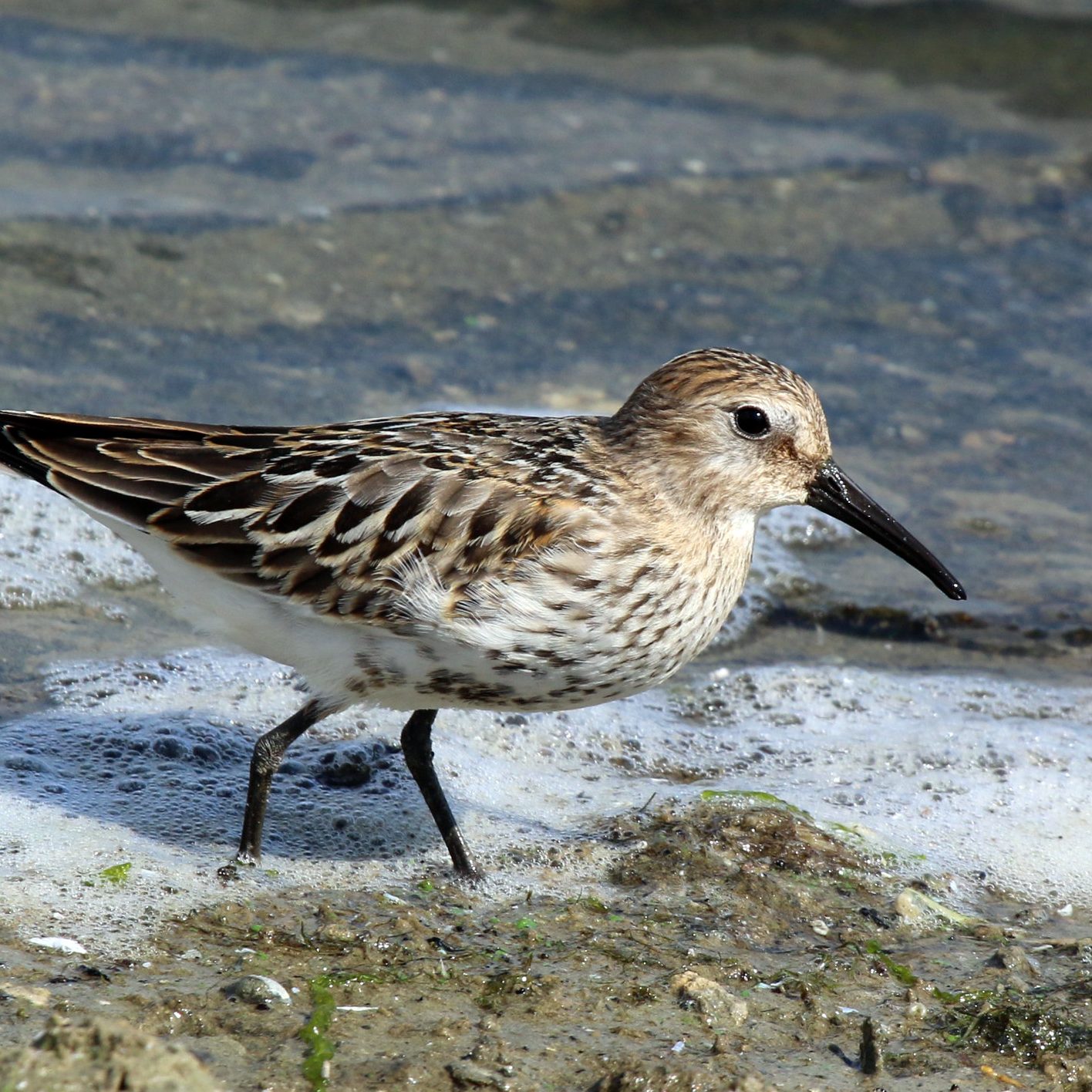
Spittal, Tweed Estuary and Tweedmouth
When to visit: Autumn and winter for most.
Redshank, Curlew, Lapwing, Golden Plover, Sanderling, Dunlin ,Goosander, Golden Eye, Mute swan, Scoter.
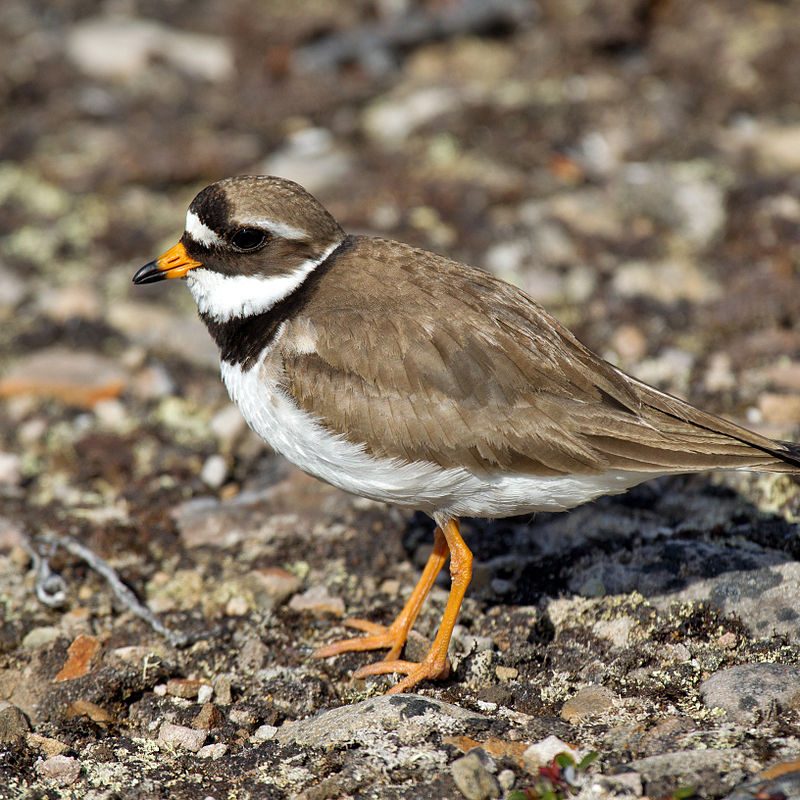
Holy Island, Budle Bay and Lindisfarne National Nature Reserve
When to visit: Interest all year round, though a huge influx of wildfowl and shorebirds arrives during the autumn and stays through the winter.
This area is one of most important areas for birds in the whole country, a jewel in the crown. Enjoy the spectacle of thousands of light bellied brent goose and pink-footed goose all feeding on eelgrass beds in Budle. During the spring nesting terns and ringed plovers arrive to breed on the beaches of the reserve. The Nature Reserve Wardens run an operation to protect nesting areas, so please respect the fenced off areas. They also require that all dogs are kept on a lead in the reserve. There are by-laws in place to protect the NNR, so it is especially important to follow the signage in this area.
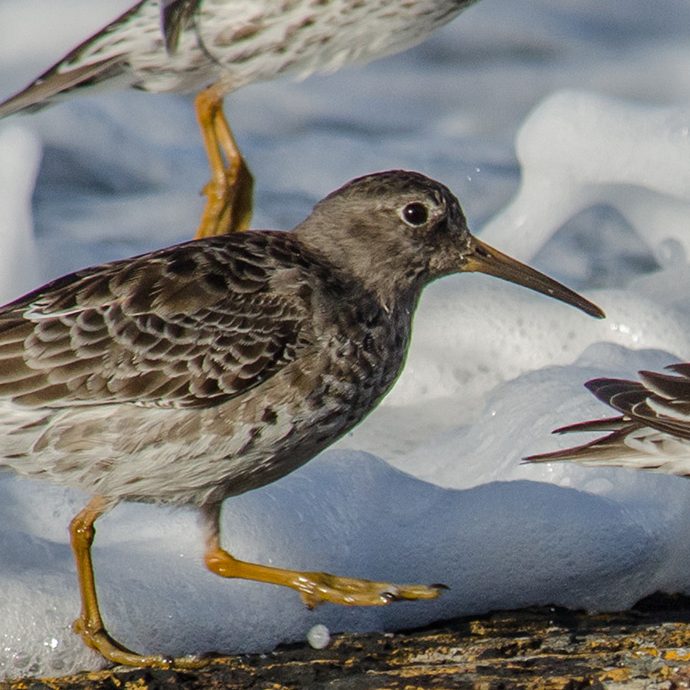
Harkness Point “Stag Rock”, near Bamburgh
When to visit: Between October and April.
The most important area of rocky shore for purple sandpiper in North East England, there are up to a hundred of these characters at any one time. Also turnstone foraging and eider, long-tailed duck and scoter offshore.
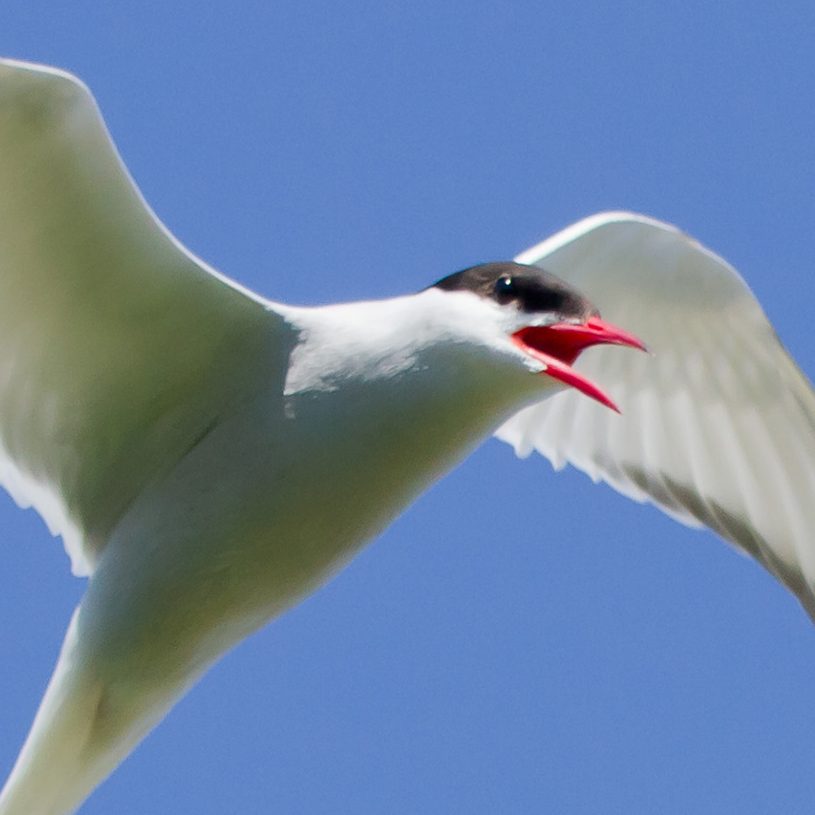
Beadnell & the Long Nanny
When to visit: Spring and summer for tern. Autumn and winter for shorebirds to the north of Beadnell.
An arctic tern and little tern colony which is wardened by the National Trust at the mouth of the Long Nanny Burn in the middle of Beadnell Bay. It’s a thrilling place to visit and you can get really good views of the birds with the help of the wardens. The rocky shore to the north of Beadnell also supports oystercatcher, lapwing, turnstone, ringed plover, purple sandpiper, sanderling and dunlin. Please note that the beach adjacent to the colony is closed for access at all times but low tide during the breeding season. Access arrangements are sign-posted in Beadnell.
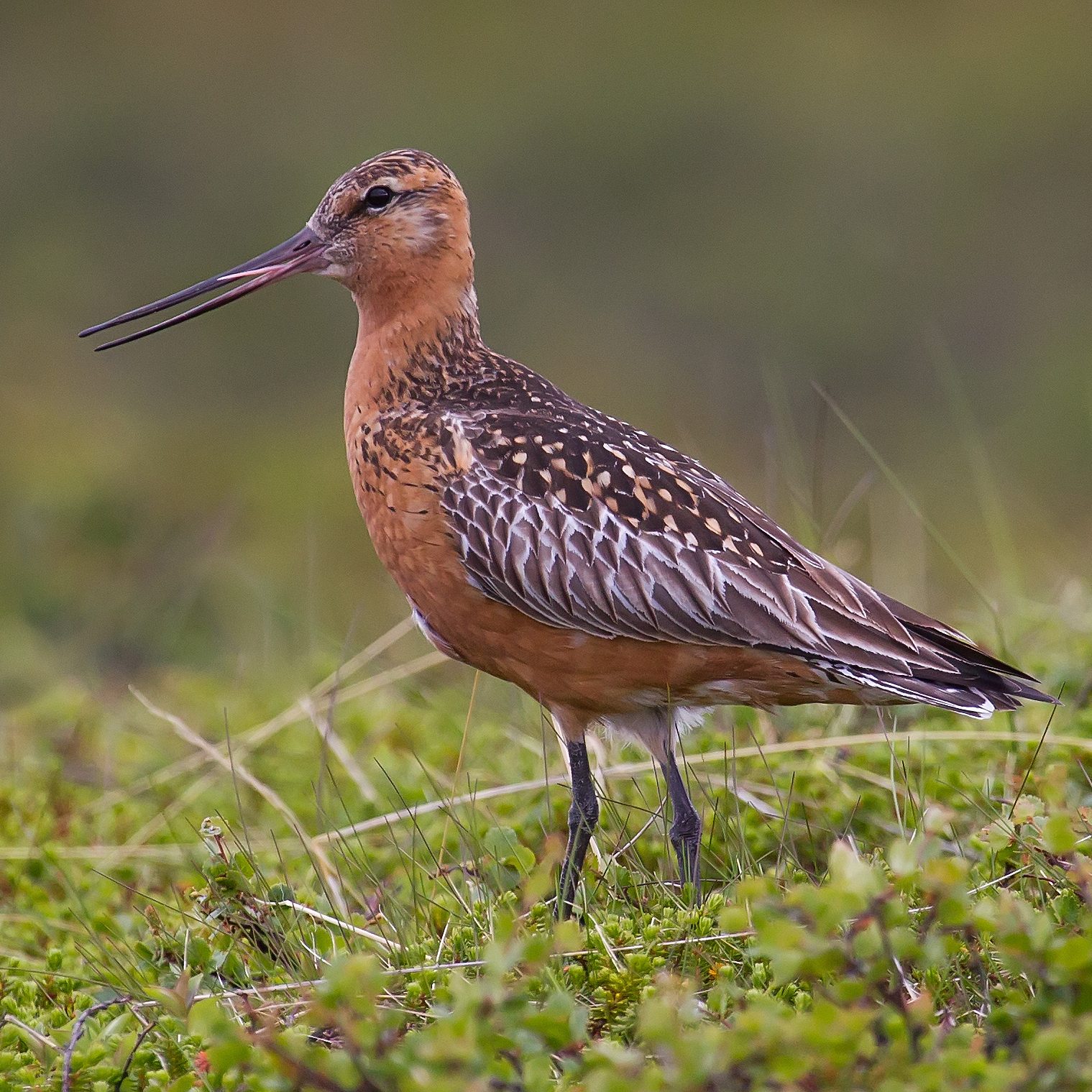
Boulmer and Longhoughton Steel
When to visit: Between August and April.
One of the best areas for wintering shorebirds including dunlin, sandering, bar-tailed godwit as well as many others. Feeding shorebirds on sandy, muddy and rocky shore.
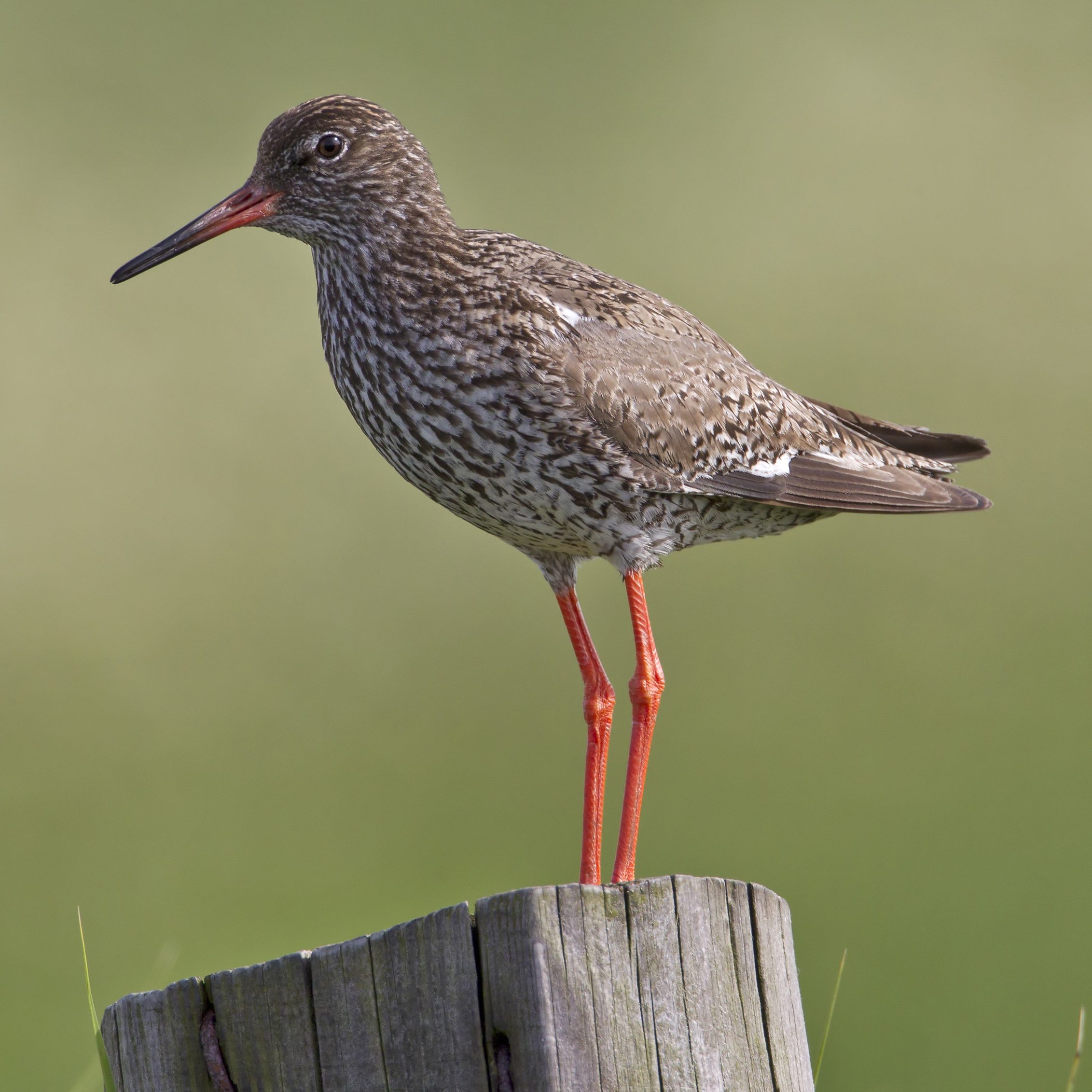
Aln Estuary
When to visit: Autumn and winter.
Shorebirds including golden plover, lapwing, curlew, grey plover, ringed plover and redshank. Plus good numbers of wildfowl including wigeon, teal and pink-footed geese
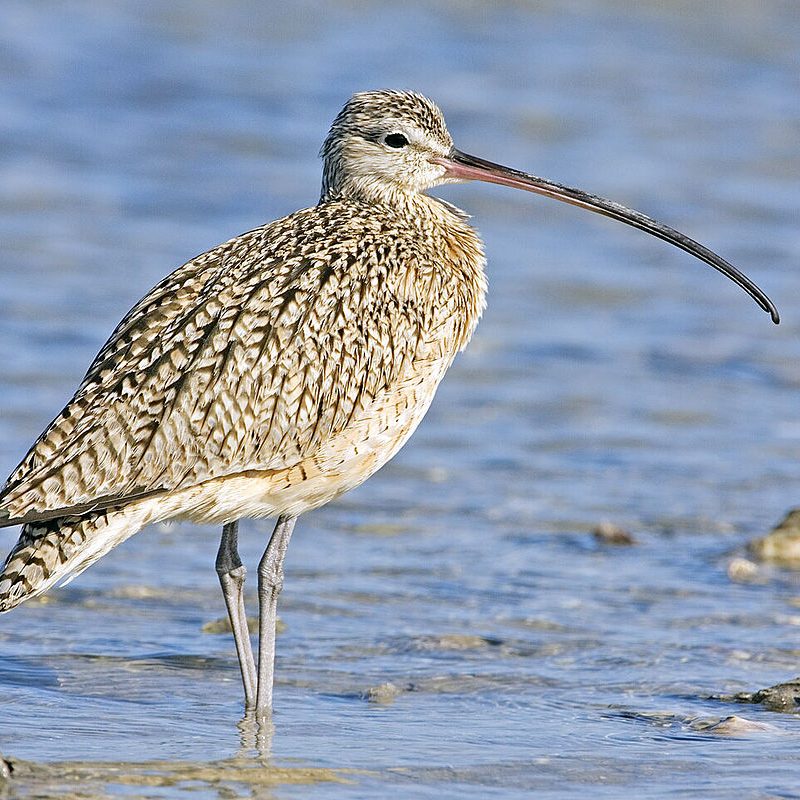
Amble, River Coquet Estuary
When to visit: Autumn and winter.
Good numbers of both wildfowl and shorebirds, including golden plover, dunlin and curlew. Also the Coquet Estuary and Amble Harbour is great place to watch out for Eider ducks.
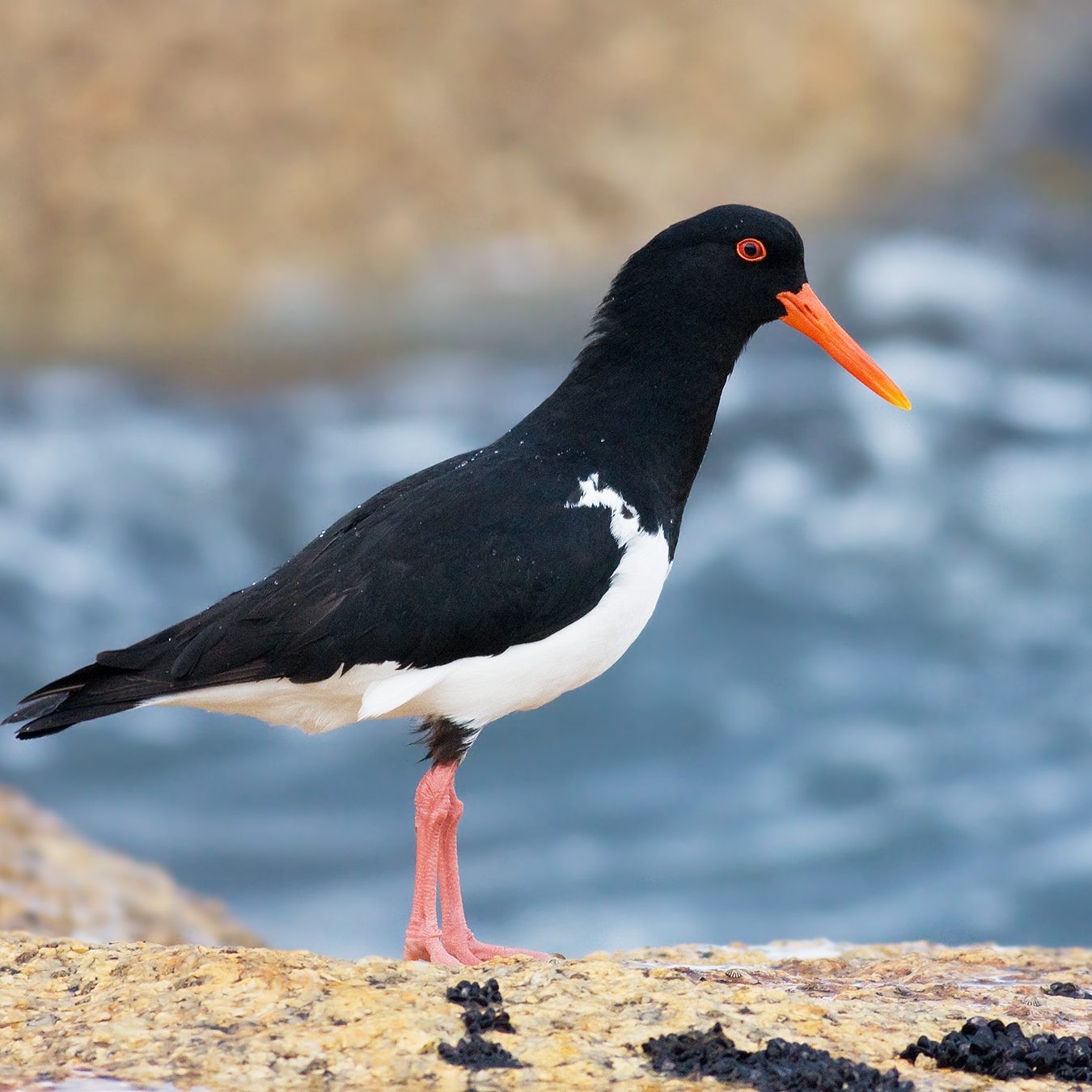
Newbiggin
When to visit: Interest all year, though winter months for shorebirds.
A variety of shorebirds including purple sandpiper, turnstone, golden plover, oystercatcher also hosts a tern roost during spring and summer.
